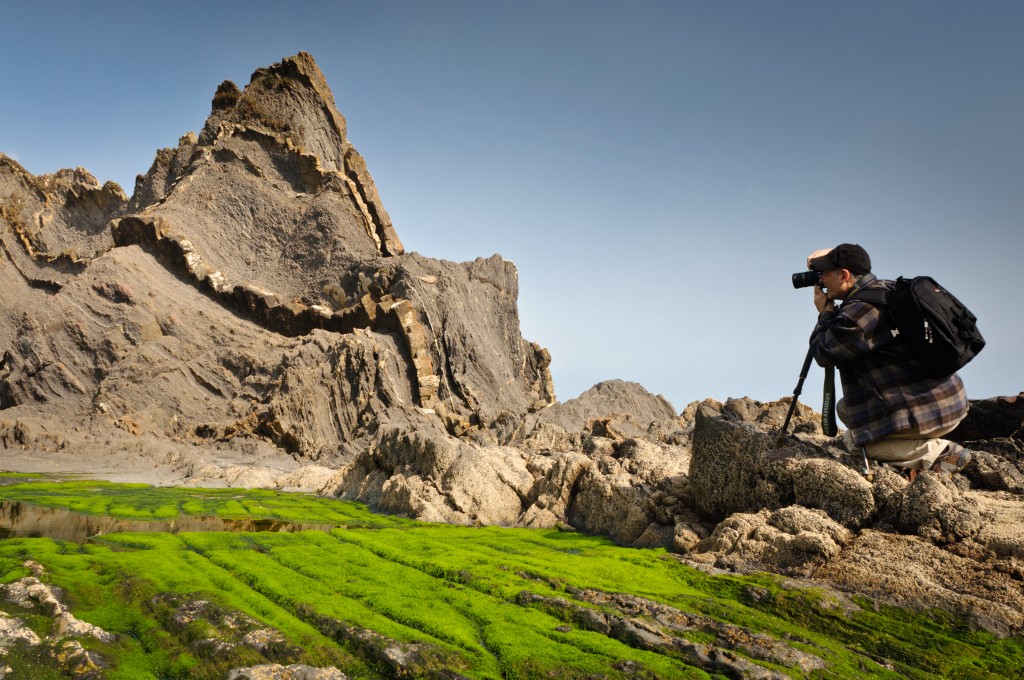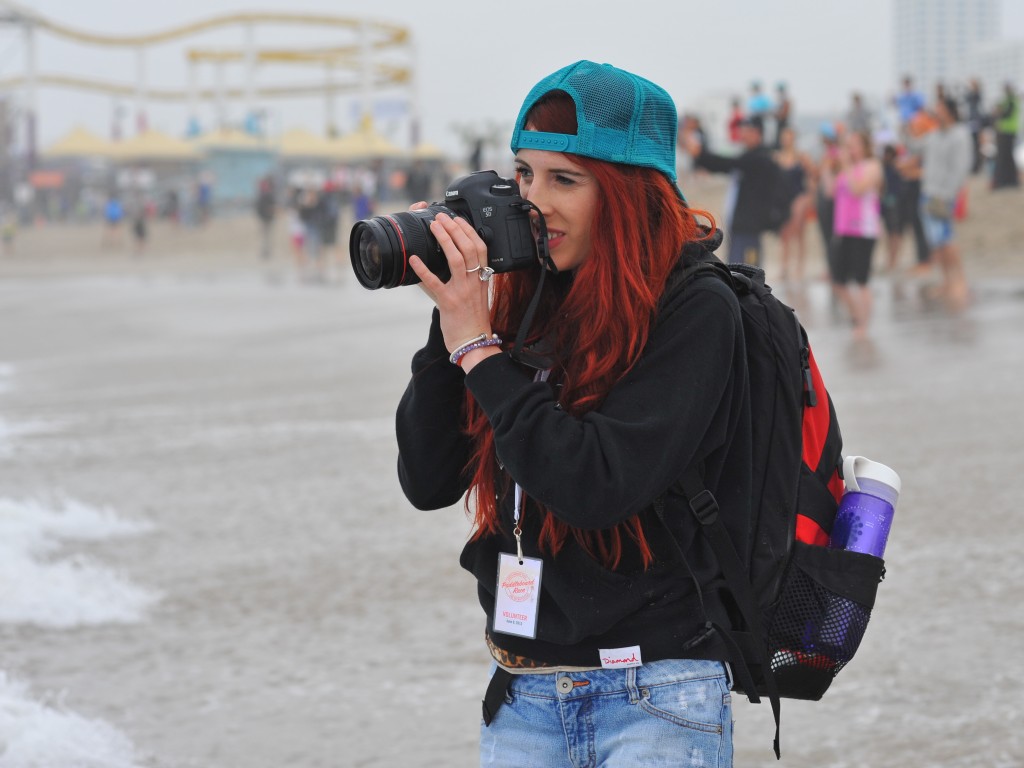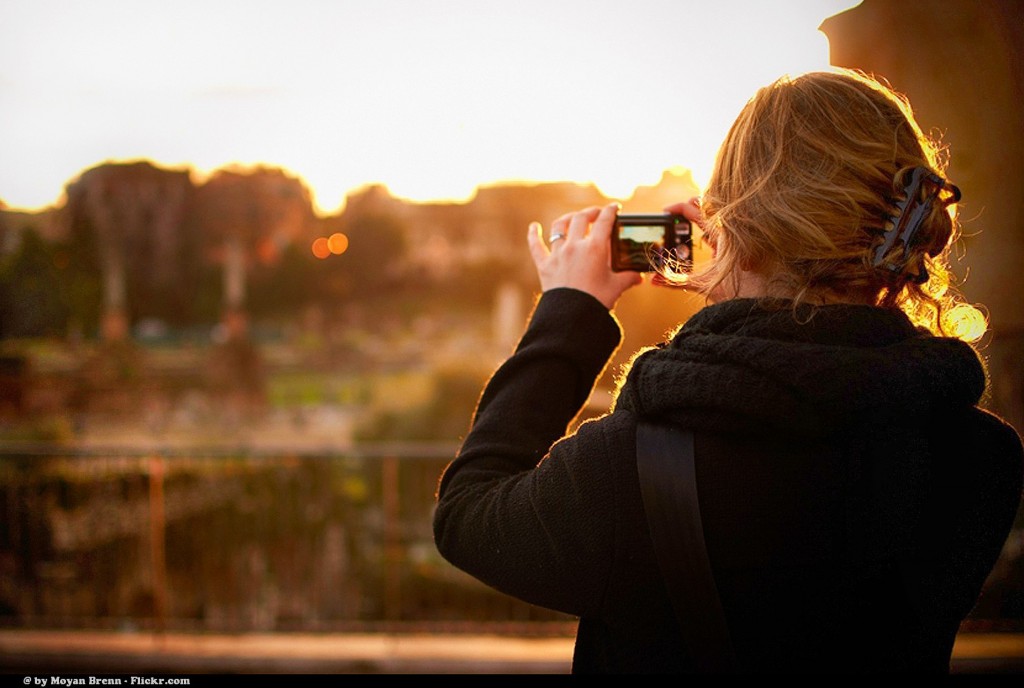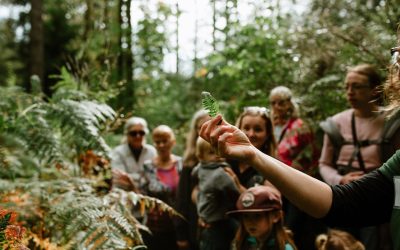Online travel influencers understand the benefits they offer a destination through authentic coverage and passionate, niche communities, but it has taken DMOs a little longer to grasp the value of working with them. Thankfully, that’s changing, as many DMOs now work with influencers as a key part of their marketing strategies and programs. Unfortunately, many are inundated with requests they are unsure how to prioritize.
DMOs need a way to sort through these requests quickly and effortlessly. While some DMOs adhere to a one-size-fits-all approach when measuring the value of bloggers, this strategy isn’t ideal. Thinking strategically, and matching influencers based on a DMO’s specific marketing goals, is actually a far better approach. It also helps if destinations are proactive with influencers, inviting those that fit best, instead of being reactive and waiting for requests to come in.
Here are nine criteria to follow when selecting bloggers or influencers:
1) Value for the influencer
If there’s no inherent value for the influencer, then they will see no point in working together. In this sense, a blog trip or campaign needs to be a win-win situation for everyone involved in order to be successful. Therefore it’s important that the DMO and influencer are aware of each other’s expectations. It’s acceptable if a trip doesn’t work out, for whatever reason, but it’s better for both sides to establish the realities and expectations ahead of time.
2) Reach and the size of the audience
Though reach is considered an important metric, it’s not as important as you might think. Consider working with an influencer who has a smaller audience but a higher influence. A blogger with 2,000 Twitter followers may be more valuable than one with 50,000 if those 2,000 people are passionate, engaged and more likely to be influenced by the person they follow.
Along with the influencer’s own data, tools like Compete.com, Quantcast and Alexa can give you a better indication of someone’s level of influence. You should also plan to examine followers, likes and engagement across each of his or her channels. As for influencers, it’s a good idea to have this information ready for when DMOs request it.
3) Audience demographics
This subset of the criteria includes the language the influencer uses and which countries their followers come from, as well as the readers’ ages, education and income. Where the influencer is from might be less important than where their audience is based, as it could be entirely different.
Since some blogs don’t generate enough traffic to be measured thoroughly by online tools, allow room to make small assumptions and acquire blog and channel analytics from the influencer directly. Communication is key to understanding the value of the partnership.

Image credit: Daniel Solabarrieta, Flickr
4) Influence in a niche
Influence is more important than reach. Look for people who are considered an expert in a subject matter. (The power of the Internet almost guarantees there’s a community for every passion.) For example, it’s safe to assume that a wine blogger has an audience interested in wine. If a destination wants to elevate certain products or experiences, it will prove more useful (in most cases) to pick an influencer in the niche that has a small audience, rather than a general travel blogger with a larger audience.
In order to determine influence, take a look at the comments on a blog (volume and types) and how the person interacts with her or his audience. Why? Because it’s the personal connections that make an influencer unique and trustworthy. You can also look at repeat visits to blogs, which will indicate the loyalty of an audience and, subsequently, how influential the person is.
In some cases, influencers or bloggers with large audiences lose the personal connection with their readers. At this stage their blog becomes more like a more traditional online publication. While it’s not necessarily a bad thing, it should change the types of initiatives for which you consider them and the approach you take. They may be better suited for a traditional press trip, for example.
5) Connection to other influencers
This criterion is closely related to the level of influence previously discussed. Blogging, filmmaking or maintaining a specialized account is often a social endeavour wherein the value of an influencer trip or campaign doesn’t come only from the content produced, but also from the personal connections created. In this sense, an influencer with more connections to other influencers is more desirable, because it increases the chance that their messages will be amplified or shared by other influencers. In addition, a good relationship with one influencer, can also lead to a referral to another. Don’t be afraid to ask people you’ve worked with for introductions to other writers, photographers or filmmakers.
6) Quality and style of writing, photography and/or video
This one should speak for itself – always select influencers who create quality content. Keep in mind that sometimes one influencer’s style aligns better with a destination’s brand than another’s. This doesn’t mean that you should look only for moderate bloggers, though. Seek influencers who are honest and transparent, because their message won’t be as credible otherwise. Remember that quality often trumps reach and influence.

Image credit: Chris Hunkeler, Flickr
7) Speed of communication
There’s no predetermined preference when it comes to communication, and it varies from initiative to initiative. Most of the time, however, an influencer trip is designed to create a lot of social content right away, so the speed at which the content is delivered becomes important. On the other hand, it won’t matter much if it takes a few weeks before you see blog posts from the trip (months is unacceptable), particularly if you kept the influencer busy during the trip. Still, the longer it takes, the more likely it is that the influencer will forget or lose momentum, making the copy more generic than expected.
It helps to talk with influencers about how they create content before bringing them aboard so there are no surprises later. Be clear about your own expectations, too, to see if you’re a good match.
8) Use of technology and tools
Does the influencer tweet or post to Instagram or fan pages during the trip? Any content an influencer produces across other channels outside of their main area of focus is always helpful, but it also varies. If you’re working on a campaign that requires a lot of real-time content, then Twitter, Facebook and Instagram are essential components. In some cases, however, social channels are not crucial.
You can also look for quality, influence and reach across a specific channel or network. Need visual content? Find an amazing Instagrammer or travel photographer. Want persuasive tips and tricks? Find a great blogger who engages on social. You get the idea.
9) Personality
Personality is equally important when selecting an influencer. Is he or she going to be easy to work with?
When hosting a large group of influencers, it’s okay to sacrifice reach or influence for someone especially personable, because this will make your job easier. Personality type provides insight into the influencers’ relationship with their followers, which is important on social media. Other factors, like professionalism and attentiveness, are equally important. For example, if it takes weeks for someone to reply to an email, or if they don’t follow practical instructions, you may want to reconsider their involvement in the project. Start by having a good, honest conversation and look closely at their responses. Don’t be afraid to check references by calling another DMO the influencer has worked with.
Related reading: Why destination marketing organizations need to become experts at consumer engagement
Editor’s Note: The original version of this post was published as a guest post on the TBEX blog: 9 criteria for getting invited on travel blog trips.
Featured image credit: Moyan Brenn, Flickr










Dear William:
I am Lourdes Berho, just ended my head of Mexico Tourism Board period a week ago and came back to my company Alchemia: In the Business of Transformation as we are a strategic marketing communications firm. While my tenure at the Mexico Tourism Board we were in charge of doing all the marketing and amplification of the F1 Grand Prix game as well as other high-impact international events. Would love to talk to you for a possible partnership or strategic alliance. We have many clients in Mexico and abroad on destination marketing.
Hi Lourdes,
It sounds like we may have a few things in common, not to mention William’s F1 interests. I’m the editor of this blog and I can connect you with our team about exploring a potential partnership. Please email me at david@destinationthink.com. Look forward to hearing from you.
David
Hi Lourdes,
Thanks for reaching out –and pushing the right button ? Like David suggested, send him a note and we’ll get the wheels in motion.
Cheers,
William